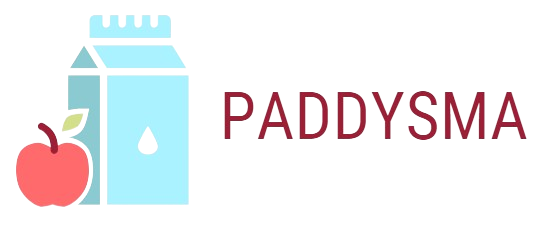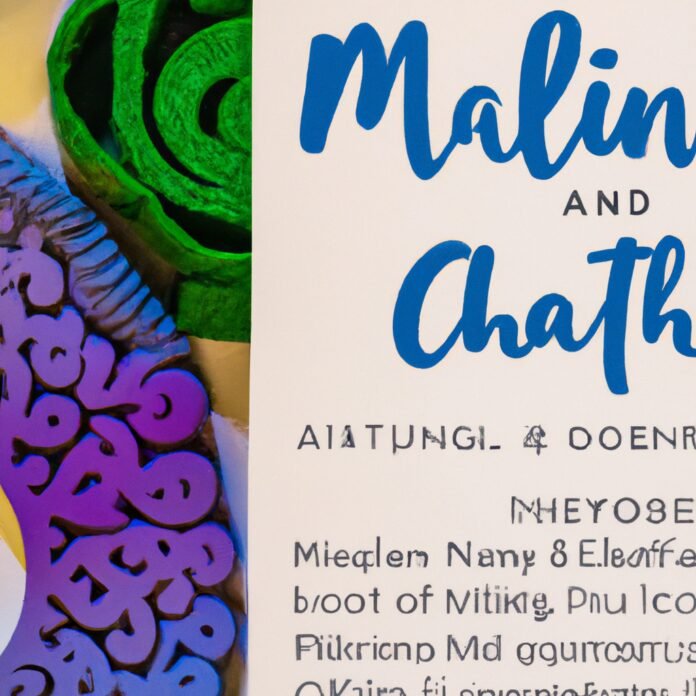The idea that creative pursuits are therapeutic and can help to support the emotional well-being of individuals has become increasingly accepted in recent years. As our understanding of mental health and healing grows, we have begun to explore the role creative practices can play in promoting emotional health. In this article, we will look into the fascinating connection between mental health and creativity and explore the therapeutic potential of the arts.
1. Finding Artistic Expression in Mental Health
Mental health is often thought of in terms of its difficulty and challenge. Yet it can also represent a powerful opportunity for creative expression and personal growth. Here are a few ways to find artistic expression in mental health:
- Keep a Journal: Writing down your thoughts and feelings can help to process and understand them better. Start with just 10-15 minutes of free writing each day, and then go from there.
- Learn to Paint, or Draw: Allow yourself the time and space to practice. Have fun with it and let go of any expectations or worries of the outcome.
- Let Music Help: Whether you enjoy singing, playing an instrument or making a mix, music has the power to free us. It’s okay to have music as an escape and a form of creative expression.
You may want to try out a variety of art forms when dealing with mental health. Perhaps mix things up by creating collages, sculptures, or even computer graphics. Giving yourself the opportunity to explore and enjoy art can contribute to your overall wellbeing.
Dancing is another great way to explore movement and expression. It can be a powerful, liberating journey and can help to shift our mood. Choose some music you really enjoy and move however you feel – no rules or formal technique necessary! It can help to ground us, reorient us and shake off stress.
2. Opening Up Possibilities Through Creativity
Creativity is a powerful tool, allowing us to push boundaries and explore new and exciting possibilities. With the right combination of imagination and innovation, we can come up with solutions to problems that we never imagined were solvable.
Creativity helps us to unlock potential and gain a fresh perspective on even the most complex and difficult issues. We can come up with unique solutions that often times cannot be found through classical methods of problem-solving. Additionally, it encourages us to take risks and push ourselves towards greater heights.
Creativity has the power to transform a mundane task into an exciting journey of exploration and discovery. We can look at things in a new light, and find ways to improve and innovate upon even the most ordinary things. By utilizing this creative force, we can open the door to a world of endless opportunities.
- Sparking imagination: Creativity helps to bring out our inner muses and awaken our senses.
- Breaking barriers: We can explore new ideas and tear down traditional standards.
- Exploring solutions: With a creative approach, we can tackle problems in a refreshing and unique way.
Creativity is a vital tool for growth and progress, and it can be used to open up a world of possibilities to those who embrace it. We have the power to make something extraordinary happen, and with creativity, nothing is out of reach.
3. Investigating the Healing Powers of Art Therapy
The connection between mental health and art has been well recognized for centuries, and contemporary research has provided evidence emphasizing the therapeutic benefits of art therapy. Utilizing a mixed modality of creative exercises, such as drawing, painting and sculpting, practitioners provide individuals with ample opportunity to express their feelings, process thoughts, and explore areas of conflict and unrest.
The self-expression enabled by art therapy enables patients to become further acquainted with their feelings, thus providing a therapeutic catharsis of sorts. As clients use art to express themselves, they can often unearth areas of vulnerability and ways to make sense of or even heal from, present and past trauma. This self-identity can result in an integrated self-awareness, enabling a clearer sense of self-esteem to take root and even grow over time.
The power of the arts enables clients to gain insight and freedom from emotional distress. Here are additional ways that art therapy might enable growth or healing:
- Reconnecting With Self: Art can enable individuals to reframe or develop a new perspective of their circumstances.
- Enhancing Life Skills: Through creative exercises, patients might develop and hone skills that further their independence and self-efficacy.
- Nonverbal Problem-Solving: Art can enable individuals to express themselves with more accuracy beyond their verbal means.
Ultimately, art therapy is an invaluable tool for exploring oneself, developing validating coping mechanisms and using creativity to unlock the best methods of healing, one creative project at a time.
4. Unpacking the Relationship Between Psychology and Art
Many people automatically assume that psychology and art are mutually exclusive disciplines, but the reality is that they actually overlap in many surprising ways. Whether students are studying the effects of art therapy on mental health, conducting research on the psychology of art, or engaging in creative activities to gain self-insight, psychology and art can often be seen intertwining.
At the core of the connection between psychology and art is the idea that creativity can be used as a tool for self-exploration and enhanced communication. Artists, in their pursuit of creative expression, often glance into the corners of their minds and use art as a way of sharing their inner thoughts and feelings, allowing for an exploration of the subconscious in a safe outward form.
Additionally, the creative process can be used to explore areas of emotional distress in a contained setting. Art often provides an emotional outlet and allows for constructive adjustment of troubled thoughts and feelings. Through the creative process, individuals can gain an understanding of their mental state and an appreciation for the connections between mind and art.
Here are a few ways in which psychology and art are connected:
- Art is an integral part of the therapeutic process, allowing for the expression and exploration of emotions.
- Art can be used as a form of active imagination, allowing the artist to delve into the unconscious for self-reflection and inner exploration.
- Creative activities offer an outlet for emotional expression without requiring verbal communication.
- Studying the psychology of art helps to understand how human behavior, beliefs, and experiences can be reflected in artistic expression.
Whether it is used in the therapeutic setting, academic research, or individual expression, the relationship between psychology and art is something that deserves further exploration. Every individual has unique experiences, and the thoughtful integration of art and psychology can help us to better understand who we are, how we think, and how we can better appreciate and communicate our innermost thoughts.
5. The Healing Power of Creating: Unlocking Mental Wellbeing Through Artistic Expression
Our mental wellbeing is essential to our overall happiness, and creative outlets can provide an incredibly effective form of self-care. The healing power of creating lies in the sense of control and the proud accomplishment it can bring. Studies have also suggested that creative activities can help to reduce stress and ease symptoms of depression.
We can tap into the healing power of creativity in a variety of ways. One way is through music. This is a particularly potent form of artistic expression, allowing us to express strong emotions and to explore difficult experiences. Music can also be experienced in various settings, and it has the power to evoke powerful feelings of joy and relaxation.
Visual art is another way of connecting with our inner selves. Picking up a pencil or paintbrush gives us the opportunity to express our emotions and thoughts without feeling judged. It can be a liberating feeling to turn inner emotions into something beautiful and tangible. Best of all, isn’t the sense of satisfaction that comes from creating something with our own two hands?
- Music
- Visual art
- Literary art
- A combination of outlets
Finally, literary art, such as writing or poetry, helps us to clarify and processes our feelings, making them easier to confront. When creating through art, we can allow ourselves to work through difficult emotions, safe in the knowledge that we remain fully in control. Any form of creative expression can be a cathartic experience.
Creativity has become an increasingly powerful and natural tool for aiding mental health, and exploring the therapeutic arts may provide a chance to engage with our inner creativity and generate both inspiring and positive results. So, let’s open ourselves to our creative potential and, in the process, delve a little deeper into mental health in order to understand ourselves that much more.


